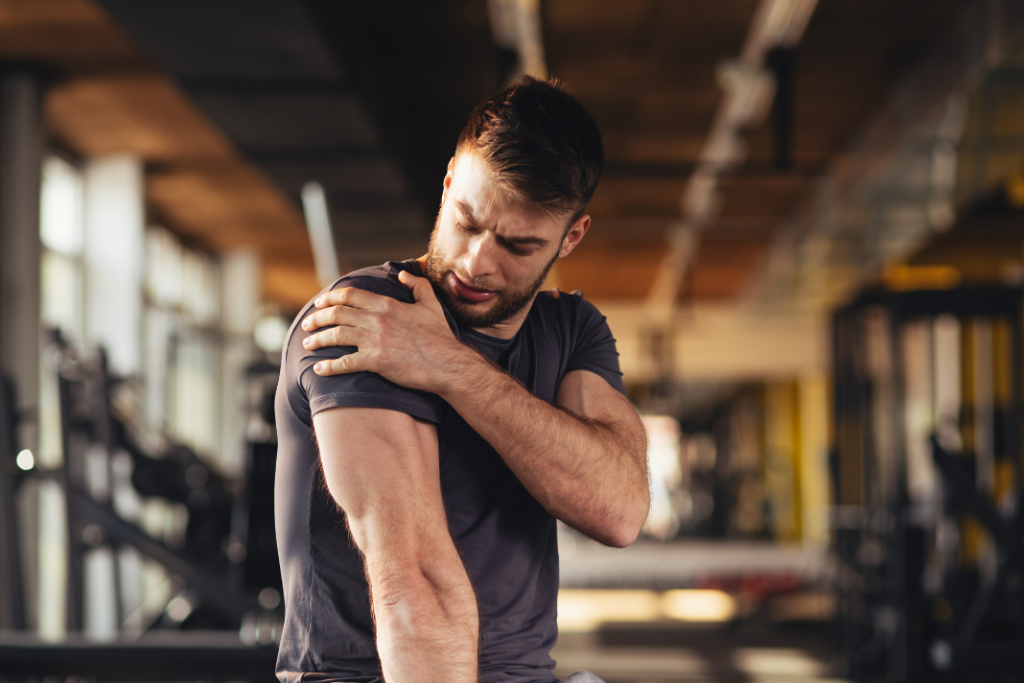In our last article, we talked about managing pain flare-ups and in doing so, preventing pain “scare-ups”.
We touched a little on the complexity of chronic pain, including some of the elements outside of the physical contributors to pain, and their importance when considering pain management.
The importance of these non-physical contributors is becoming more widely understood, so much so that the language around pain is changing. Pain has historically been referred to as a ‘symptom’- a symptom of various conditions, disabilities, and/or following injury. More recently however, research has started to refer to pain as an ‘experience’, particularly in regards to chronic pain.
The pain experience incorporates so much more than just the biological factors underlying the pain. In this article, we thought it would be helpful to provide some real-life insight into these less considered challenges that people, clients, and health professionals alike, face when it comes to chronic pain. Introducing Mike, our chronic pain case study.
Meet Mike

Mike was in his late 20’s, a successful builder running his own business, passionate about music and performing, and an active, helpful family man. Until one day, an incident at work left him with a compressed disk in his lumbar spine. Mike underwent a surgical attempt to improve his condition, which failed – and he was left reporting worse pain than his initial injury! He ceased work, closed his business, and over the next 5-6 years, he fell into a dark and lonely place.
Pain ruled his life. It was all he could think about, and it controlled his mind. Fear of pain flare-ups meant that many of the things he enjoyed doing previously were no longer on the cards. He developed a severe dependency on pain medication and avoided movement in an attempt to ‘manage’ his pain. Mike put on weight, and his confidence plummeted.
The Psychological and Social Contributors
Mike developed depression and anxiety as a result of his pain and the implications that came with it. He was unmotivated, had low self-esteem and felt like a failure. He didn’t want to see others – young professionals like himself who were moving forward with their lives and careers – so he isolated himself from others. Once a bubbly and social young man, he struggled to work up the courage and motivation to see people, even family, due to low self-worth.
By this point, he felt that nobody understood his pain and that, in his words, getting back to a normal life just seemed “too big”. Mike had tried and/or considered many things to help himself. He took part in a pain management course, which he did not find useful. Psychology seemed too confronting… And an attempt at vocational assistance just made him feel more hopeless – he didn’t want to change to a sedentary career.
For Mike, and for many others like him, the complex web of social, psychological and cognitive factors reinforced his pain condition, and kept him stuck in the pain cycle.
That’s when Exercise Physiology popped up on the radar in New Zealand.
Being a previously active guy, Mike decided to give it a go, and one of our NZ EP’s – Tessa – stepped onto the scene.
Tessa met Mike in his home and together they came up with some goals. Many of these goals were personal, things that Mike wanted to gain from the program – including weight loss and increased confidence. The program also had underlying goals involving routine development, pain education, social exposure, and of course, strength and stability exercises to manage his pain.
Over the course of their work together, Tessa worked with Mike to break down what Mike saw as “too big” into small, achievable steps. As he gradually built back up his confidence, the short-term goals of the program progressed. Slowly, they took the focus away from pain and towards function; function that translated into all the things Mike wanted to be able to do. Tessa focused on reassuring him not that he won’t experience pain, but that his pain doesn’t need to limit him in the ways it has across the past 5-6 years.
The Outcome?
It wasn’t all smooth sailing! As is to be expected, there were pain flare-ups (and even scare-ups!) but by the end, Mike was exercising independently 5 days per week – including heavy lifting – had recently performed at a wedding, was completely off pain medication and was looking to return to work as a builder 20 hours per week!
For Mike, this program was about so much more than just ‘exercise’. The program gave him back his confidence – confidence to move again, confidence that he could manage his pain, and confidence that his pain didn’t have to rule his life. And with this came his sense of identity, self-worth, and passion for life.
By addressing the social, psychological and cognitive factors that kept him stuck within his pain cycle, his whole experience changed, and he could move beyond his chronic pain condition.
Author: Tessa Nielsen
Let’s connect, find us:
Have you got a claimant that would benefit from E.P. support? Refer to the team!
#exercisephysiology #exerciserehab #rehabilitation #lifeinsurance #incomeprotection #ctp #workcover #mobile #mobileexercisephysiology #musculoskeletal #injury #pain #chronicpain #physio #physiotherapy #Sydney #Brisbane #Melbourne #Adelaide #Auckland #Waikato #BayofPlenty #Wellington #Christchurch #Otago
